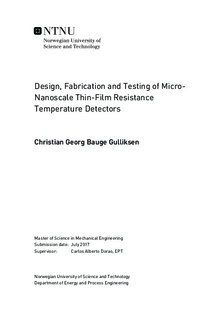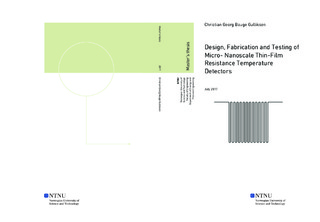| dc.description.abstract | The development of the microelectronics industry has triggered a broad scientific
revolution. The ever ongoing quest for miniaturization and the thermal challenges
that follow have made heat transfer in confined spaces one of the most researched
topics in recent time. The increasingly compact devices encountered in everyday
life have motivated the need for new and efficient cooling techniques for the re-
moval of the high heat duties produced by these systems. The two-phase flow
boiling microchannel heat sink is recognized as one of the top candidates for such
a task, with its promise of high heat removal capabilities through its latent heat
of evaporation and favorable pressure drop with respect to its single-phase coun-
terpart. However, the research is still in its infancy stage, requiring knowledge
and insight in the fundamental mechanisms involved, as the conventional continu-
ity assumptions valid in the macro-world may not be applicable on these smaller
scales, as the contradicting results of previous studies indicate. The main causes of
these dispersions are believed to be related to the intrusive nature of the metrology
devices used in the research, which disturbe the flow field and yield false values.
The research community is in high demand of benchmark data on localized mea-
surements regarding both temperature and heat-flux. In this work, novel platinum
thin-film resistance temperature detectors with high sensitivity are produced to
meet this high demand. Four size variations of the sensors are successfully ob-
tained, i.e. 3 µm 2 , 4µm 2 , 5µm 2 , and 6µm 2 , with corresponding wire tracks of 60
nm, 80nm, 100nm, and 120nm, respectively, and a thin-film thickness of 40 nm.
Measurements show that the mean sheet resistances of these sensors exceed that
of previous results found in the literature by approximately 200 Ω at a size several
orders of magnitude lower. To the author s knowledge, the RTD s produced in this
work are the smallest ever made. | |

